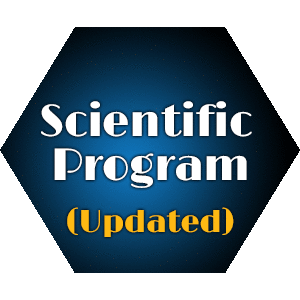
Eric Edward Vinck
El Bosque University, Colombia
Title: Video-assisted thoracoscopic cardiac denervation of refractory ventricular arrhythmias and electrical storms: A single-center series
Biography
Biography: Eric Edward Vinck
Abstract
Background: The combined treatment of beta-blockers with ablation and implanted cardioverter defibrillation therapy continues to be the mainstay treatment for ventricular arrhythmias (VAs). Despite treatment, some patients remain refractory. Recent studies have shown success rates using video-assisted thoracoscopic (VATS) cardiac denervation as an effective therapeutic option for these patients.
Case Series Presentation:During a period of three years, from 2015 through 2017, 20 patients (N=20) failed traditional medical and interventional treatment for the management of ventricular arrhythmias and electrical storms. After remaining refractory, the patients were referred to our thoracic surgery department for a VATS based treatment. The patients all had ventricular arrhythmias and electrical storms secondary to different cardiomyopathies. The patients were refractory to combined medical (betablockers), implanted cardioverter defibrillation (ICD) and ablation therapy.
All 20 patients agreed to surgery and were taken to cardiac denervation using a bilateral VATS approach by two thoracic surgeons at a single Cardiothoracic Center. During the month prior to bilateral VATS denervation a combined total of 29 (N=29) ICD shocks were registered in addition to six (N=6) cases of electrical storms averaging three (N=3) shocks per day. Mean shocks per patient was 2.3. During the first three months following VATS, the patients had a 90% (N=18/20) total resolution of ICD registered shocks, a 100% (N=6/6) resolution of electrical storms, and a 92% (N=11/12) resolution of shocks in patients having previous ablation therapy. No complications were documented following surgery except for one case of pneumothorax as a result of the procedure, and there were no peri-operative mortalities.
Conclusions: Bilateral thoracoscopic cardiac denervation can be a safe and seemingly effective therapeutic option for patients presenting with lifethreatening refractory ventricular arrhythmias and electrical storms in a variety of cardiomyopathies including Chagas disease.

